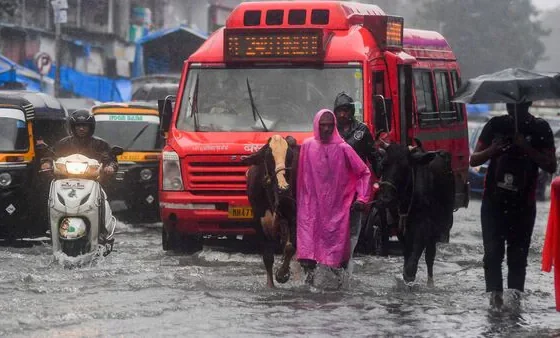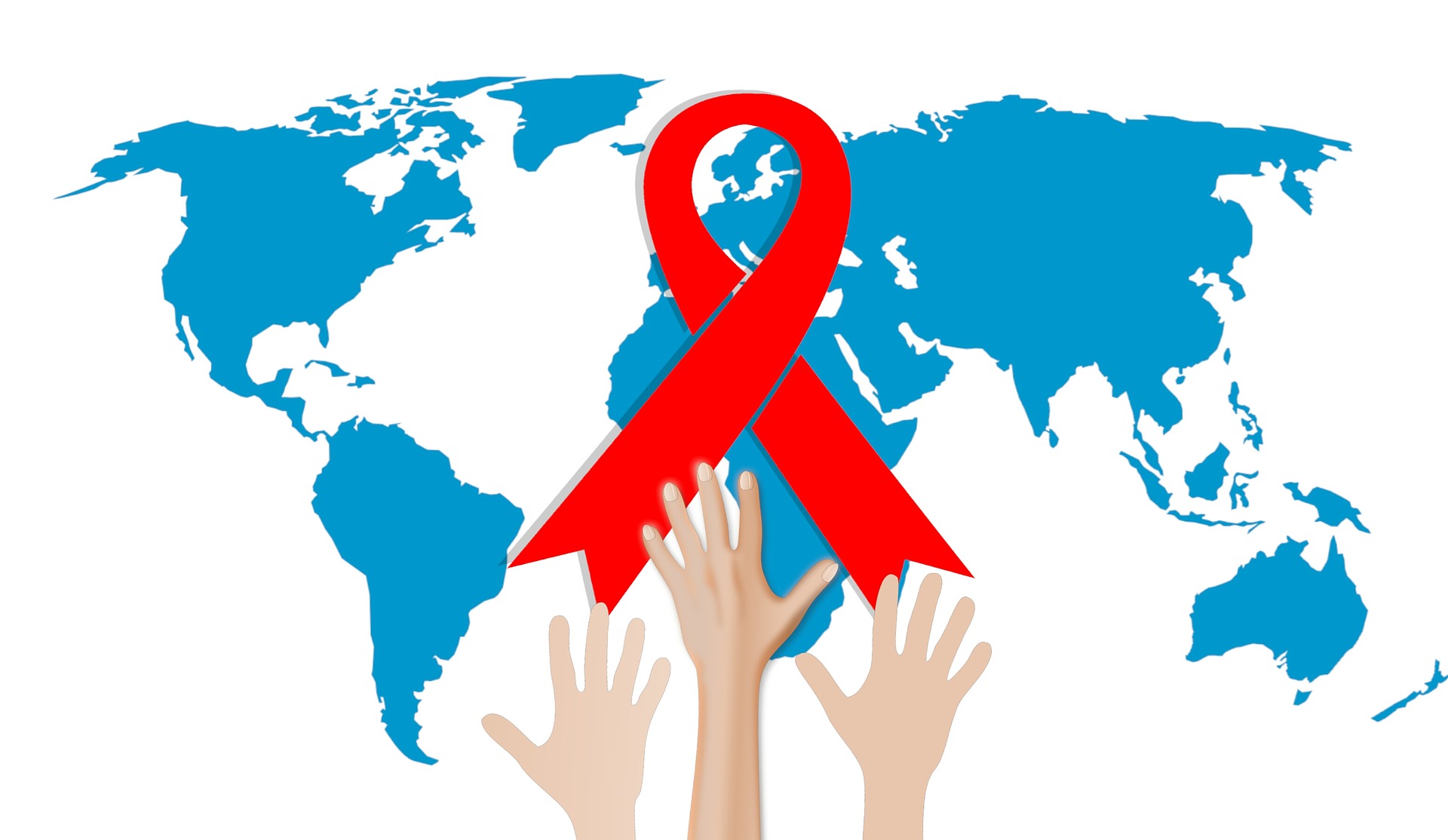Anxiety is a feeling of fear, dread, and uneasiness. However, there is no easy answer to the question that what causes it. To understand more about it, HealthWire spoke to yoga expert Isabelle Karan – who is the owner of Sabel Yoga & Wellness. According to Karan, the roots or the seed of anxiety might have been developed in early childhood. “We usually jump to the conclusion of intense trauma but it does not have to be (it can be of course) an obvious trauma. It can be difficulties in school, a friend who shifted to another town and is not available anymore, the loss of a grandparent, it can be an accumulation of small events leading to insecurity and finally anxiety which might show only in adult hood,” she said. Here are excerpts:
1. REASONS FOR DEVELOPING ANXIETY
The modern life is fast paced and demanding. It gives us constantly the feeling of rushing.
The pandemic led to a feeling of being completely helpless, exposed to the external events and also stripped of our right to make our own choices.
To understand anxiety better:
In a state of danger/ stress we react with either fight, flight, freeze or fawn.
Imagine a stressful situation, feel how your whole body is reacting to the situation! That’s a normal physiological response to stress. Happens as a mechanism of your body to keep us safe.
Imagine in this stressful situation you find a way to fight, verbally or physically -> your energy is released. You might feel disturbed after that but you were able to do something. You changed the situation and felt in control again, felt safe again.
Now imagine a child starting to fight: wouldn’t we immediately tell the child to behave?
Imagine you start to verbally release your energy in a business meeting -> disaster!
Hence we dont do it. The energy can’t get released. Its trapped inside our body, we physically stiffen up to hold it together.
Imagine a stressful situation and you manage to escape, you can leave cause you are in charge, you can do something. It can be as simple as leaving a difficult conversation or leaving a completely people packed elevator and use the stairs. Fact is you escaped.
A child quite often can’t leave. It can’t leave school, it can’t leave a stressful home environment it is dependent on its primary care taker. It does not know how to handle the stressful energy inside.
During the pandemic we all were trapped, there was no escape and we could not live and work the way we were used to. On top of that it was a life threatening situation for a lot of people. No one new what to do! It was an accumulation of collective fear. We could not fight it, we could not escape it, we all were trapped.
In threatening family or work situations we quite often can’t leave cause its family, we can’t abandon family. Or we need the money the job provides, hence we bare with the stress. What every might be the reason, the energy of stress can’t get released. This leads to a muscular engagement which quite often becomes habitual and unconscious.
The Body, the breath and the nervous system are forced into habits which are not healthy, quite often destructive and lead to anxiety and panic attacks.
The only option left is to freeze or fawn (please the people around us to ease the situation and make it go away). When we freeze or fawn we disengage with feeling our body, our needs our emotions. We might even get the name of being such a nice person cause we always make every one feel good. We identify with a disconnected way of living.
2. CAN YOGA COMPLETELY CURE ANXIETY
Yes and no.
Several times a week doing a Yoga asana class won’t cure anxiety.
The entire system of Yoga in combination with a teacher supporting your path -> Yes it can.
The eightfold path of Yoga starts with
YAMAS
-
kindness/ non violence
-
Truthfulness
-
No stealing
-
Moderation in lifestyle
-
Generosity
NIYAMAS
-
Purity
-
Contentment
-
Austerity
-
Self study
-
Surrender
All of these are vast topics which need guidance. If there is a good teacher, finding out what makes you content and bringing this into your life might be a huge game changer.
All of these topics if looked at with guidance can be a game changer cause they bring awareness into our habitual behaviour. Awareness and self knowledge bring change into our lives.
ASANAS
Anxiety is overwhelming and will be present on the Yoga mat as well.
A lot of people dont know that they are anxious, they take it as a normal way of being.
Activating and releasing muscles, feeling into your body provides different sensations.
All of a sudden a person realises how tensed he/she is. This muscular release offers healing.
Understanding that need of muscular strength might come from feeling unsafe during the day, can lead to a huge emotional release, maybe even introduce a change in lifestyle or daily habits. The body is leading this path. There is tremendous intelligence in the body and if we are able to tap into that intelligence, we start to heal.
Going into savasana and trying to let go is for a lot of people only possible, if they fall asleep, and hence escaping the conscious release. They dont feel safe to release or can’t handle the stillness, cause anxiety is over powering during moments of stillness.
This very moment needs the guidance and presence of a trusted teacher.
Realising that wanting to quit the Yoga class before savasana, before the big letting go, can provide insights and awareness which then leads to change.
But you need a trusted teacher to guide you, hold space for you and walk the path with you. Other wise a student does not know why or what is happening.
The physical release during asana classes is extremely healing. Lengthening of tight muscles can release old stored emotions. Quite often during yoga classes students burst into tears cause of the emotional release. The connection of movement and breath is essential! The breath is a very powerful tool to work with emotions.
PRANAYAMA
As mentioned above the breath is very powerful and can be transforming.
Pranayama is often the entry door to deeper release and deeper inner work.
There are simple breath techniques to help dealing with a panic attack or specific anxiety issues. If you are sacred to speak in front of people, a breath technique can be of great service to you. Being aware of your breath teaches you, where you feel safe and where anxiety starts to rise. It is at this point of realisation, where we can start to make conscious choices and change our habits. Regular pranayama practice will offer release on a deep emotional and physical level. But it needs a teacher, a person to guide and explain what is happening and what technique might be of service to the student.
There is no -one fit all- remedy.
Quick fix techniques:
1. prolonged exhalation.
Inhale to a count of 3 or 4 and exhale to a count of 6 or 8.
It calms the nervous system beautifully.
2. Coherent breath: Inhale to a count of 5, pause for a second, exhale to a count of 5 and pause for a second. Do this for about 3 mins. This form of breathing leads to a coherence/Calmness/ Harmony in your whole system.
PRATYAHARA
Here we have different techniques to bring the attention inwards and develop the felt sense. For a student this is an intense shift. Feeling into the anxiety is not easy: where do you feel it? What do you feel? how long can you be with the sensation? When do you want to escape? This is intense work which needs guidance. It is the psychology of Yoga.
Yoga is associated with calmness, but in order to really be calm we need to clean our mind and work with what is present.
DHARANA
Concentration. Through practice one might start to be able to focus and it is this focus that helps with anxiety and brings you back to the present moment during a severe panic attack. Pratyahara and Dharana are the key to feel the moment when you shift into anxiety. If this occurs you can change the situation before you are trapped.
You start having a choice again where else in a state of anxiety, we dont see choices anymore.
DHYANA
Meditation is the ultimate tool of healing.
There are many different forms of mediation and a teacher is needed to guide a student.
Alone on a terrifying field of stress, fear and insecurity, one can’t find the way back home. We need a helping hand to make the first steps… and make the first steps again and again and again.
This 8 steps are the complete path of Yoga. Stepping on this path leads to peace and freedom. It can heal anxiety.
3. WHAT ASANAS DOES ONE NEED TO DO TO BEAT ANXIETY
You can’t beat anxiety.
You can soften anxiety and let it melt away.
I can’t give you specific asanas. I would lie and try to sell something which is simply not true. Working with student one to one will show the individual need.
For one person it might be a strong sweaty flow to really release. As if being in a fight, we can release this energy during an intense session, if guided correctly.
For an other person it is a gentle Yin class to open all the tensed muscles and also release the tears. And for most people is it a combination of all.
There is no one fits all Yoga remedy.
There are movements from energy medicine which can calm the dorsal Vagus nerve and that leads to a change in anxiety and in the overall bell-being.
-
Place the left hand across your forehead and the right hand at the back of your head.
Sense into the touch of both hands. Sense into the space between the hands. Connect to the breath and prolong the exhalation. The nervous system will calm.
2. Lie on our back, interlace your fingers and place them behind your head. Let the back of your head rest into the palms of your hand. Both thumbs are facing down the neck, stabilising the neck. Keep your head heavy and straight. Open your eyes and look ONLY WITH YOUR EYES as fare to the right as you can. The head remains straight. Stay in this position till you have to yawn. Close your eyes and bring them back to centre. Do the same on the other side. This will calm the ventral vagus nerve and calm the whole nervous system. This has to be done regularly, best before getting out of bed and before falling asleep.
3. Lie on your belly and bring your hands below your forehead. Left hand over right hand, back of the hands facing up palms facing down. Rest your forehead on the back of your hands.
Let your heels sink outward to the left and the right respectively.
Sink into the ground. Gently rock your hips from side to side. This calms meridians which will calm the nervous system and it releases stress from the lower back. This is a wonderful tool to calm kids before going to sleep.
4. WHAT ELSE TO KEEP IN MIND
People with anxiety often feel helpless, not knowing what to do with all the sensation.
The environment does not know it either. Quite often people are alone, while being surrounded by a lot of people.
A lot feel something is wrong with them, they are not strong enough, not smart enough, not good enough or what ever it might be.
A person with anxiety needs to know: he or she is not alone. So many people do feel similar. Help is available. He or she does not have to life with this feelings.
Get help. Search a well trained Yoga teacher and start to work deep into your inner landscape.











